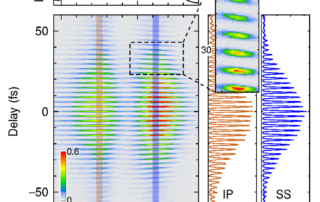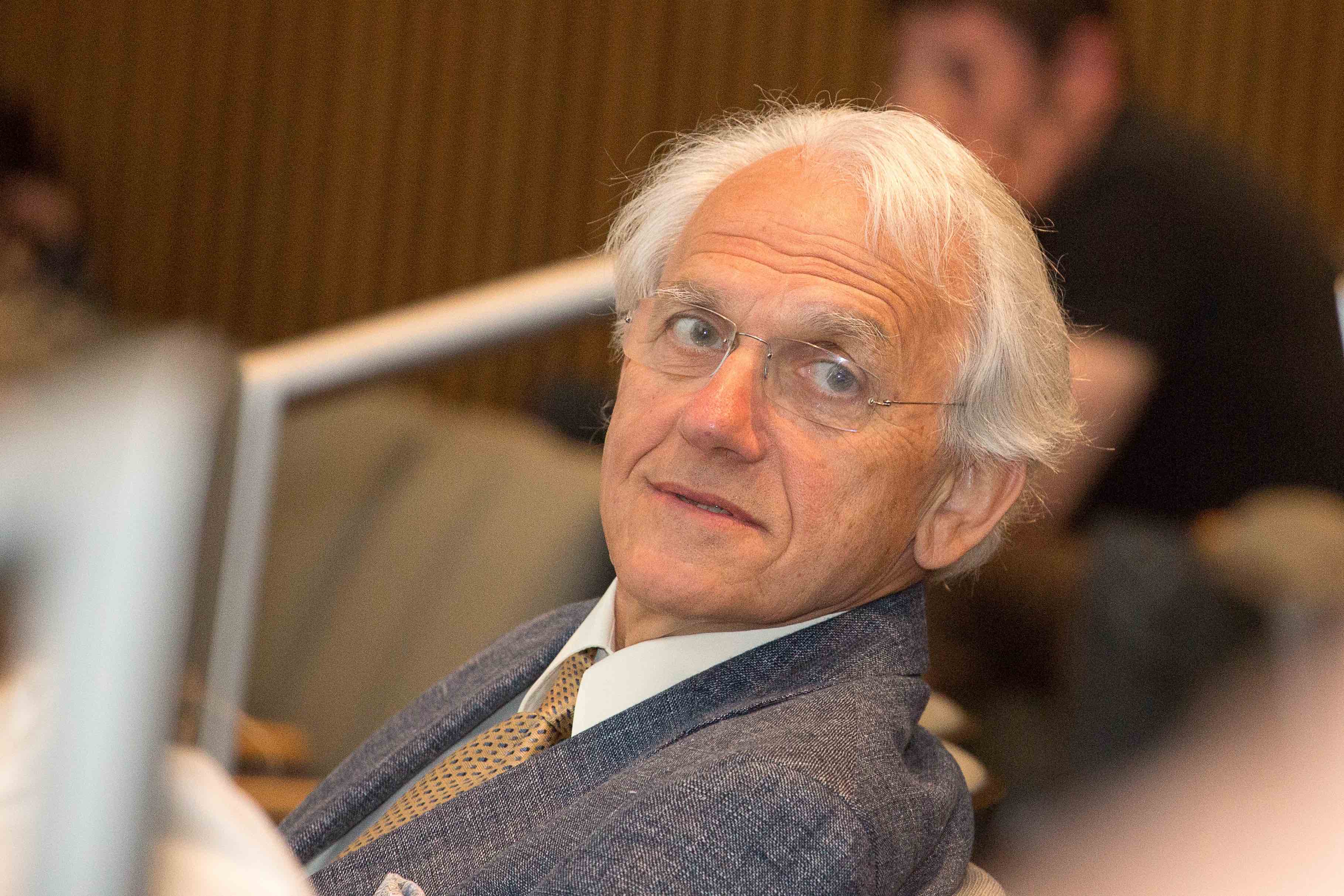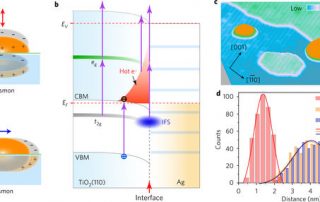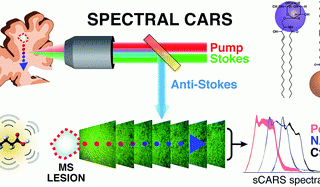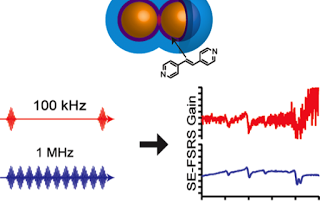Innovation for Expanding Requirements
February 05, 2020 | From Industrial Laser Solutions: Market focused Innovations of Ultrashort-Pulse Lasers Ultrashort pulse laser-based micromachining, once an academic curiosity in the hands of few research labs, has become a proliferous industrial segment over the last 20 years. The once precipitous hesitation of industry to adopt ultrafast lasers into daily routines has waned as more and more end users realize the positive impacts of this material processing method. This is especially true as components become smaller, and assume added physical, electrical, chemical, biological and optical functionality to meet requirements in medical, consumer [...]

